Imaging manifestations in Proteus syndrome: an unusual multisystem developmental disorder
- PMID: 22514103
- PMCID: PMC3487101
- DOI: 10.1259/bjr/92343528
Imaging manifestations in Proteus syndrome: an unusual multisystem developmental disorder
Abstract
In this review we use images from an 11-year-old male to describe Proteus syndrome, a complex disorder with multisystem involvement and great clinical variability. Our aim is to enhance recognition of the typical imaging findings, which can aid diagnosis of this rare condition.
Figures


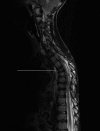


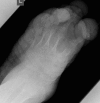




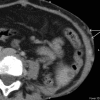


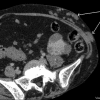
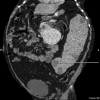

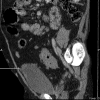


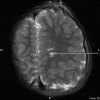

References
-
- Cohen MM, Jr, Hayden PW. A newly recognized hamartomatous syndrome. Birth Defects Orig Artic Ser 1979;15:291–6 - PubMed
-
- Wiedemann H-R, Burgio GR, Aldenhoff P, Kunze J, Kaufmann HJ, Schirg E. The Proteus syndrome: partial gigantism of the hands and/or feet, nevi, hemihypertrophy, subcutaneous tumors, macrocephaly or other skull anomalies and possible accelerated growth and visceral affections. Eur J Pediatr 1983;140:5–12 - PubMed
-
- Friedman LD. Medicine and the arts. The elephant man. Acad Med 2000;75:448–9 - PubMed
-
- Biesecker LG, Happle R, Mulliken JB, Weksberg R, Graham JM, Jr, Viljoen DL, et al. Proteus syndrome: diagnostic criteria, differential diagnosis, and patient evaluation. Am J Med Genet 1999;84:389–95 - PubMed
-
- Jamis-Dow CA, Turner J, Biesecker LG, Choyke PL. Radiologic manifestations of Proteus syndrome. RadioGraphics 2004;24:1051–68 - PubMed
Publication types
MeSH terms
LinkOut - more resources
Full Text Sources
Medical

